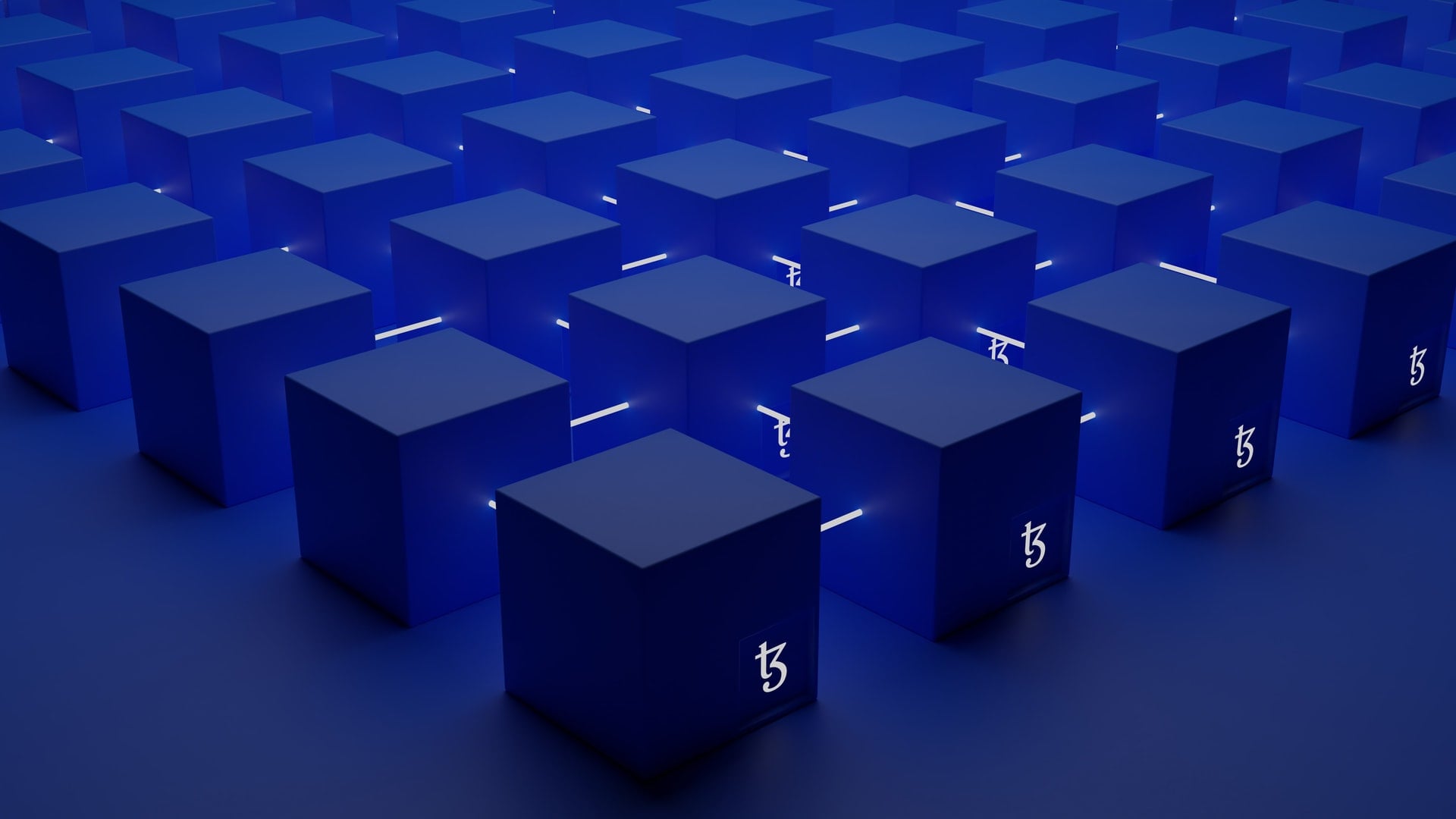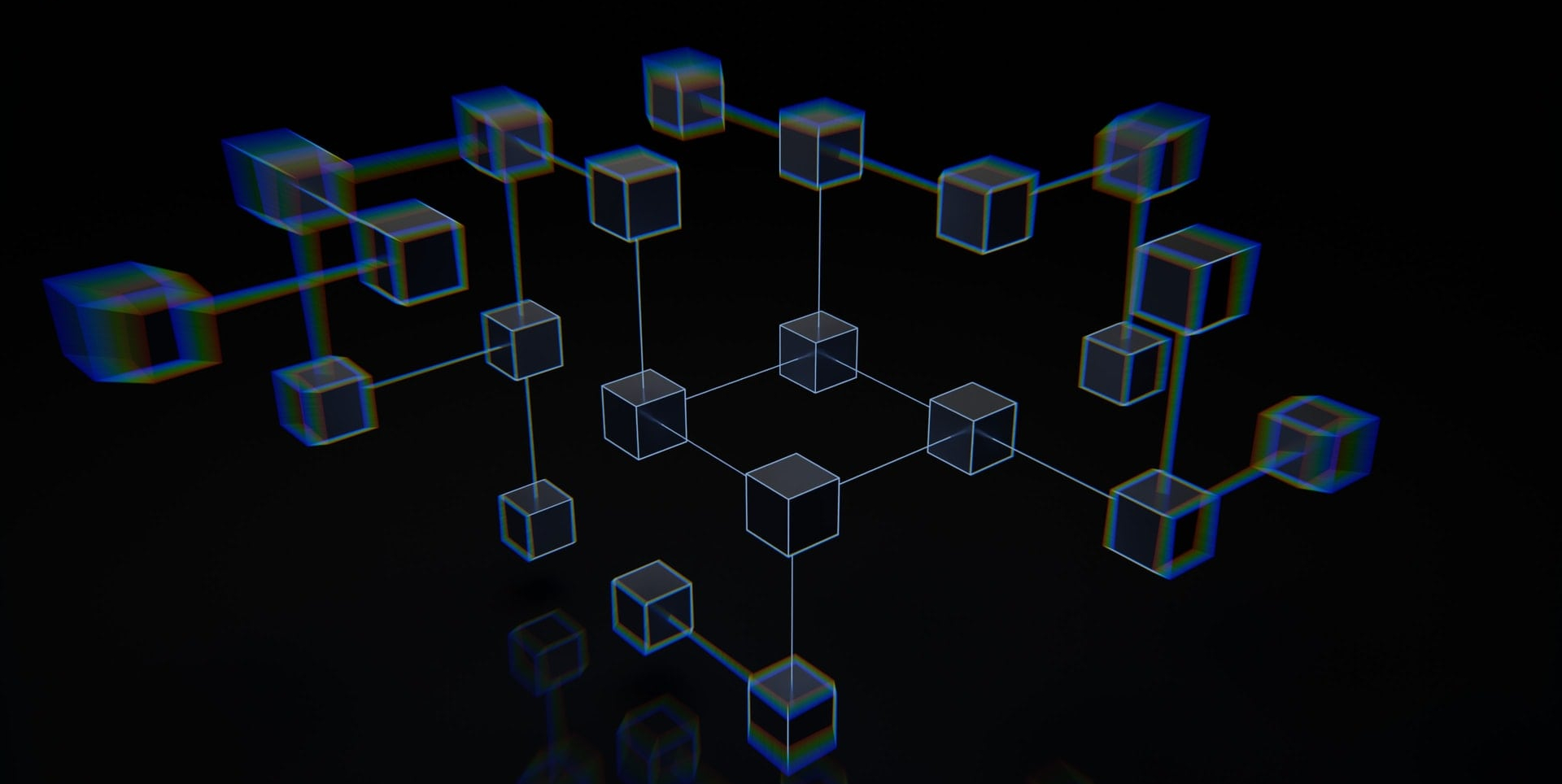Technically speaking, blockchain is a decentralized distributed database where data is shared among different computers, and no single entity has full control. Blockchain keeps the entire history of the data it contains. So it can’t be faked or changed without all the other parties noticing. Blockchain first
appeared in 2008 as the technology behind Bitcoin transactions. Currently, it has applications in different fields, including finances,
healthcare, insurance, sports, and the public sector.
Deloitte
explains how blockchain works in a relatively simple way:
Imagine if you are a node, and you have a file of transactions stored on your computer, representing a ledger. Several accountants (let’s call them miners), have this same file on their computers, so it’s distributed. When you make a transaction, your computer notifies the accountants, and they rush to verify whether you can afford it. The accountants get paid their salary in Bitcoins. The first accountant to validate your transaction will notify everyone else, attaching their verification logic. If everyone agrees, they all update their files.
You can get more information from this short but informative video posted by the consultancy firm.












